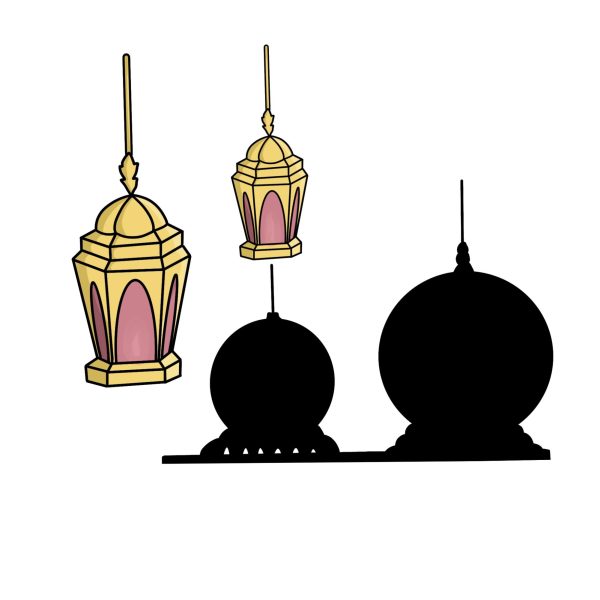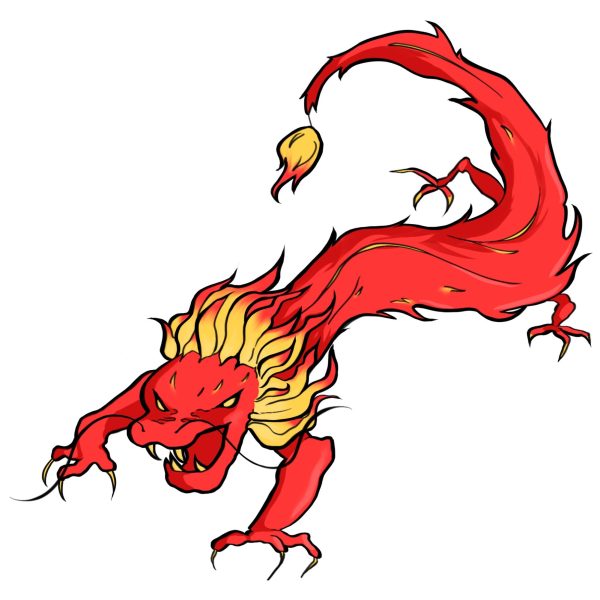The Origins of the Classic Slasher Film
October 25, 2019
Fog surrounds the underbrush of the quiet neighborhood amid a lonely forest. A group of naive teenagers gather around a dimly lit campfire. A sharp scream echoes through the hazy atmosphere and thick leaves. The group of teens scatter into the woods, splitting up to cover more ground. Their battery-powered flashlights begin to flicker and die out. Meanwhile, the audience continues to groan as mistake after mistake ensures the inevitable conclusion, as the killer picks off each character one by one. “Slasher movies” use this continuously recycled plotline that used to be an innovative money-maker in the film industry.
According to a pop culture website, there are many different films that are considered to be the “first slasher movie.” Whether it be 1960’s Psycho, or 1974’s Texas Chainsaw Massacre, the characteristics that define a slasher film can vary from movie to movie. Some people argue that the masked killer, the heroine, the victims, and the excessive violence are what truly make a slasher film an independent sub-genre in horror (liveabout.com).
John Carpenter’s 1978 film, Halloween, is often regarded as the first slasher film, due to its massive success on a small budget. Others believe that films like Psycho and Black Christmas fail to deliver to the big screen all the components that make Halloween such a successful movie. While these movies include a killer, they don’t feel like a cliche slasher movie. Other similar slasher franchises such as Friday the Thirteenth and Nightmare on Elm Street introduce similar plotlines and characters, but with more of a supernatural influence that make those films stand out from what’s considered a “rip-off” (liveabout.com).
What seems to be recycled content, the idea of a slasher terrorizing characters, and audiences, remains critically effective over the years. But there is the concern of whether such repetitive matter can continue to hold people’s attention and be successful. According to Psychology Today, people flock to the theaters to see horror movies as a method of getting frightened on purpose. People want to be on the edge of their seats and seek some kind of emotional feelings that they aren’t subjected to in the real world (psychologytoday.com).
There are many theories about what kind of person a slasher film appeals to. Some believe that people watch these kinds of movies as an outlet for negative feelings or thoughts, or as a way to recollect primordial origins. One theory even suggests that people go to see horror movies that reflect their phobias (psychologytoday.com).
An article from the Seattle Times illustrates the idea that horror films in general are often a reflection of violence seen in society. They echo the uneasy realization that violent killers and psychopaths, such as Norman Bates, look and act just like ordinary people. The entire purpose of some horror films is to make the audience uncomfortable, and, in this case, uncomfortable with the world people are living in (seattletimes.com).
Senior Orlena Morris enjoys the thrill of horror movies yearlong, and often watches them with her brother. “I love all of the Nightmare on Elm Street movies, because they were the first horror movies I watched,” Morris stated. “[The franchise’s] dark lighting and jump scares usually get me off the seat and make my heart race.”
Morris noted that the Saw franchise, which began in 2004, are among some of the scariest horror films for her, due to the franchise’s plots and exaggerated sequences of kidnappings and torture. “I like that they feel like mind games,” Morris said. “They’re not [like a] typical cookie cutter rom-com, and they usually surprise me,” Morris concluded.
When determining what film encompasses the expectations and characteristics of the first or best slasher film, there will arguably be many different perspectives. However, it’s safe to say that the slasher concept, at least in its early years, brought fame and a new perspective to the film industry and the horror genre entirely. The multitude of theories that surround people’s fixated interests in the horror genre ultimately result from fear and the eerie truth that evil can distort what we see as the norm.







